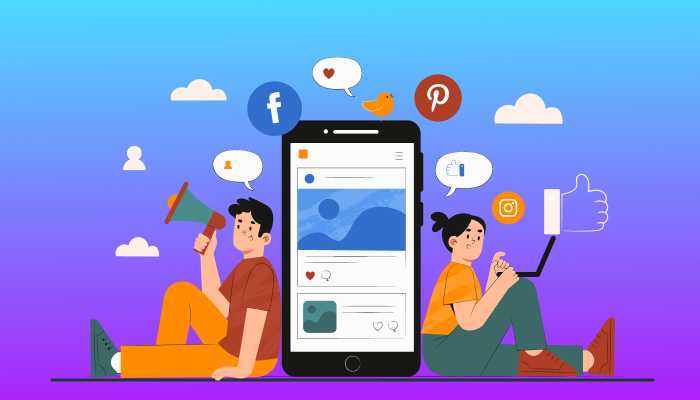In today’s fast-paced digital landscape, businesses are constantly seeking effective ways to engage with their customers. One of the most powerful tools at your disposal is web push notifications. These instant messages, delivered directly to users’ browsers, can significantly enhance customer engagement and drive conversions. In this blog, we’ll explore how to effectively use web push notifications for customer engagement and provide tips for maximizing their impact.

Table of Contents
ToggleWhat Are Web Push Notifications?
Web push notifications are short, clickable messages sent to users who have opted to receive updates from your website. They appear on the desktop or mobile device even when the user is not actively browsing your site. This direct line of communication allows businesses to keep their audience informed about new products, promotions, and important updates.
Benefits of Web Push Notifications
- High Engagement Rates: Compared to email and social media, web push notifications have higher open rates. They can be more effective in capturing user attention quickly.
- Real-Time Communication: You can send notifications in real time, making it easy to alert customers about flash sales, events, or breaking news.
- Targeted Messaging: With segmentation capabilities, you can tailor messages to specific user groups based on their behavior and preferences.
- Increased Conversions: By delivering timely and relevant content, you can drive traffic to your site and boost conversion rates.
How to Use Web Push Notifications Effectively
1. Choose the Right Platform
Select a reliable web push notification service provider that suits your needs. Popular platforms like OneSignal, PushEngage, or VWO Engage offer robust features for segmentation, automation, and analytics. Consider your budget, ease of use, and integration capabilities when choosing a platform.
2. Implement an Opt-In Strategy
Getting users to opt in for notifications is crucial. Use enticing language and clear value propositions to encourage users to subscribe. Consider offering incentives, such as discounts or exclusive content, to increase opt-in rates. Ensure that the subscription process is straightforward and user-friendly.
3. Segment Your Audience
Segmentation allows you to send targeted messages to specific user groups based on their interests, behaviors, or demographics. For instance, you can segment users who frequently visit your blog, those who have abandoned their shopping carts, or first-time visitors. This ensures that your notifications are relevant and increases the likelihood of engagement.
4. Craft Compelling Messages
Your notification content should be concise, engaging, and action-oriented. Here are some tips for crafting effective messages:
- Personalization: Use the recipient’s name or tailor the message based on their past interactions to create a more personalized experience.
- Clear Call to Action (CTA): Encourage users to take specific actions, such as “Shop Now,” “Learn More,” or “Claim Your Discount.”
- Urgency: Create a sense of urgency by incorporating phrases like “Limited Time Offer” or “Only a Few Left in Stock.” This can prompt immediate action from users.
5. Timing is Key
The timing of your notifications can significantly impact engagement rates. Experiment with different times of day and days of the week to determine when your audience is most responsive. Avoid overwhelming users with too many notifications in a short period, as this can lead to unsubscribes.
6. Monitor and Analyze Performance
Regularly track the performance of your web push notifications to identify trends and optimize your strategy. Monitor key metrics such as open rates, click-through rates (CTR), and conversion rates. Use this data to refine your messaging, segmentation, and timing for future notifications.
7. Test and Optimize
A/B testing is a valuable strategy for optimizing your web push notifications. Experiment with different messaging, CTAs, and images to see what resonates best with your audience. Use the insights gained from these tests to improve your future campaigns and drive better results.
Best Practices for Web Push Notifications
- Keep It Short: Limit your messages to a few words to ensure they are easily readable on all devices.
- Use Engaging Visuals: If your push notification platform allows it, include images or icons to make your notifications more visually appealing.
- Be Respectful of User Preferences: Allow users to customize their notification preferences or opt out at any time. Respecting their choices fosters trust and a positive brand relationship.
Conclusion
Web push notifications are a powerful tool for enhancing customer engagement and driving conversions. By implementing a well-thought-out strategy that focuses on personalization, segmentation, and timely communication, you can leverage this channel to build stronger relationships with your audience. Start using web push notifications today to keep your customers informed, engaged, and coming back for more!


No responses yet